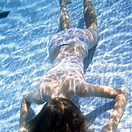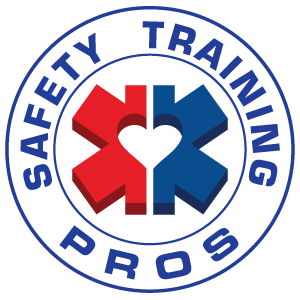Shallow Water Blackout (SWB) is the silent killer. Shallow Water Blackout occurs when a swimmer holds their breath while underwater. Swimmers are at risk of passing out due to a lack of oxygen. Since there is no struggle or signs someone is in danger, it can quickly result in death. Unfortunately, the number of deaths attributed to SWB is not fully known, because they are often labeled as a traditional drowning. So, what exactly is shallow water blackout? Why does SWB continue to occur and how can we, as Lifeguards and Aquatic professionals, make the public more aware of this issue.
What is Shallow Water Blackout?
According to http://www.shallowwaterblackoutprevention.org/how-it-happens, Shallow Water Blackout results from hypoxia (low oxygen) to the brain. What triggers one to breathe is the elevation of carbon dioxide (CO2), not low oxygen (O2). The danger is exacerbated with hyper-ventilation prior to breath-holding. One basically “blacks out” or faints in the water. For some, their lungs will take on water leading to drowning while others simply suffocate or die of other causes brought on by the breath-holding.
SWB can happen in as little as three feet of water. It can happen so fast that even the most experienced lifeguard could miss it.
Swimming World magazine stated some are caused by kids who dare their friends to a breath-holding contest. Not wanting to lose, one of them will push their bodies past the limit, when their brain shuts down before it tells the body to go to the surface.
Why does it continue to happen?
There is a lack of education and awareness on the dangers of breath-holding. When you go to a pool you almost always see a “No Running” or a “No Diving” sign posted but “No Breath-Holding” signs have yet to become the norm.
Another issue is that underwater breath-holding and underwater swimming has been practiced for decades. Breath-holders, whether it be a competitive swimmer, a child, freediver, etc., do not understand how to prevent SWB.
The CDC warns that “dangerous underwater breath-holding behaviors” can lead to otherwise strong, healthy swimmers losing consciousness underwater and drowning.
What can we do to make those who visit our facilities more aware of SWB?
As an Aquatic Professional, I think that taking the time to educate the public, as well as the lifeguards who serve those that use your facility, is key in helping to raise awareness. Pool signage and a small handout with information and tips on preventing Shallow Water Blackout (see tips below) for the bathers could go a long way.
Tips to Prevent SWB:
• Don’t Play Breath-holding games
• Don’t Hyperventilate
• Don’t Swim Alone
• Don’t Ignore the Urge to Breathe
Holding an in-service training for your lifeguards on the importance of monitoring breath holding could help them identify risky behaviors. Make sure that they always scan the bottom of the pool. Remind them that even when its swim team practice, they should stay vigilant (remember: they have lifeguards at the Olympics too). Creating a conversation among the staff about staying safe is always a good thing!
At Safety Training Pros we proudly serve the Northern California & Northern Nevada for all your aquatic training needs. We offer Waterfront Lifeguard, Lifeguard, Shallow Water Lifeguard, Basic Water Rescue, Safety Training for Swim Coaches, Lifeguard Instructor, and Pool In-Service Training.
If you or your facility need training, please contact us at info@safetytrainingpros.com or 1-844-900-SAFE.
